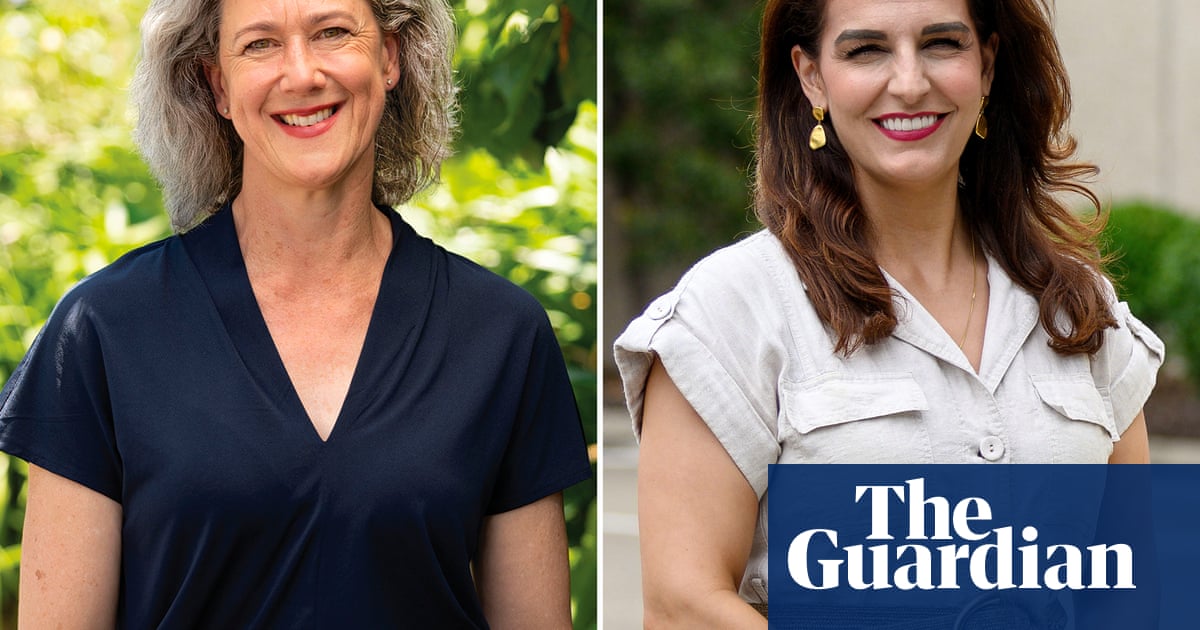There will be a full recount in theSydneyseat of Bradfield after the Liberal candidate, Gisele Kapterian, led the independent, Nicolette Boele, by just eight votes at the end of the final distribution of preferences.
The Australian Electoral Commission (AEC)immediately announced a recount, as is the longstanding practice in any seat when the final margin is 100 or fewer. The AEC said the recount would begin on Monday and might take up to two weeks.
On Monday, Boele wasdeclared the provisional winnerof the seat at the end of the two-candidate-preferred count, with a margin of 40 votes.
Sign up for Guardian Australia’s breaking news email
The full distribution of preferences then led to minor changes in the margin as votes were challenged by scrutineers. Boele’s lead narrowed over several days until the two candidates were exactly tied late on Friday afternoon, before Kapterian nudged in front about 5pm.
If the margin were to remain below 10 votes after the recount – an extremely rare occurrence – the AEC or one of the candidates could consider going to the court of disputed returns to “void” the seat, which would trigger a full byelection. That hasn’t happened since 1920 in the seat of Ballarat, when the two leading candidates were separated by a single vote at the previous year’s federal election.
One trigger for such an outcome could be if the number of unexplained multiple votes – suggesting someone may have voted more than once – could push the result one way or the other.
Psephologist Kevin Bonham said at the 2019 election that there was an average of about 15 unexplained multiple votes per electorate, but the numbers had been trending down in recent decades as the AEC developed ways to better control the issue.
Bradfield was most recently held by the Liberal MP Paul Fletcher, who was elected in a byelection in 2009 and announced his retirement at the end of 2024.
This is Boele’s second run at the seat, as an independent backed by the Climate 200 group.
Kapterian was preselected by the Liberals for the seat in January, beating Warren Mundine.
The seat has been held by theLiberal partysince its creation in 1949.
